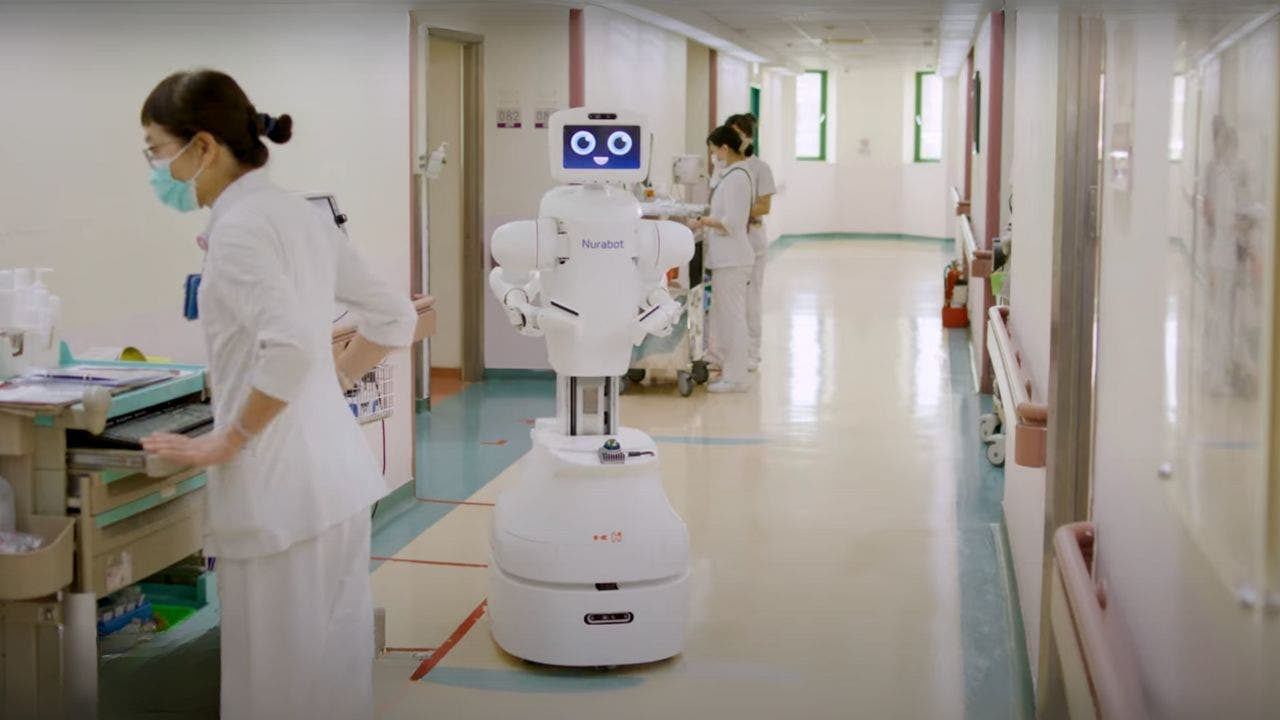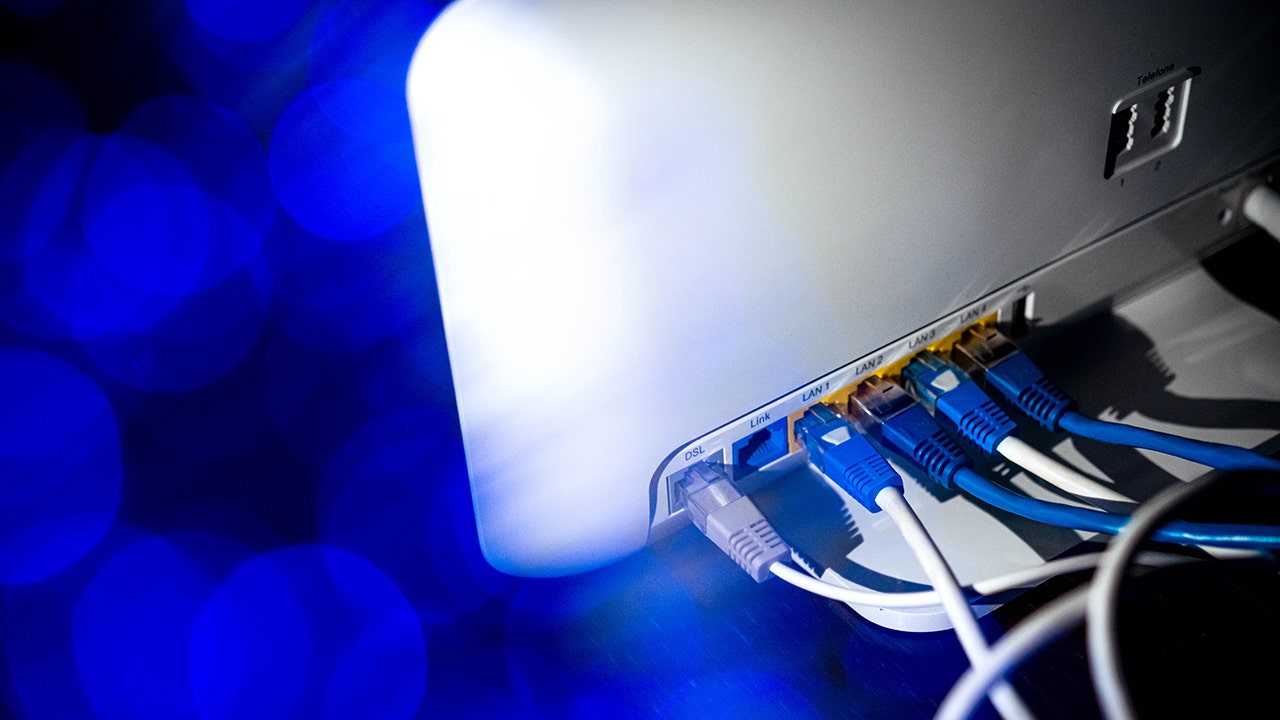AI nursing robot Nurabot helps Taiwan hospitals combat global healthcare shortage

The global healthcare system is facing a looming shortage of nurses, with an estimated deficit of 4.5 million nurses by 2030. Burnout among healthcare professionals has been identified as a leading cause for this shortage. In response to this challenge, hospitals in Taiwan are pioneering the integration of artificial intelligence and robotics to support their staff and maintain high standards of patient care.
One innovative solution that has emerged from this digital transformation is the Nurabot, an AI-powered nursing robot developed by Foxconn and Kawasaki Heavy Industries with Nvidia’s AI technology. This collaborative robot is designed to take on physically demanding and repetitive tasks in clinical care, such as delivering medications, transporting samples, patrolling wards, and guiding visitors through hospital corridors. By handling these responsibilities, Nurabot allows nurses to focus on more meaningful aspects of patient care and helps reduce the physical fatigue that often leads to burnout.
Foxconn has taken a comprehensive approach to building smart hospitals by developing a suite of digital tools using Nvidia platforms. These tools include AI models that monitor patient vitals and digital twins that simulate hospital environments for planning and training purposes. The process begins in the data center, where large AI models are trained on Nvidia supercomputers. Hospitals then use digital twins to test and train robots in virtual settings before deploying them in real-world scenarios, ensuring their safety and effectiveness.
Top hospitals like Taichung Veterans General Hospital (TCVGH) in Taiwan are at the forefront of this digital transformation. TCVGH has created digital twins of its wards and nursing stations, providing a virtual training ground for Nurabot before it is introduced to real hospital floors. According to Shu-Fang Liu, deputy director of the nursing department at TCVGH, robots like Nurabot are augmenting the capabilities of healthcare staff, enabling them to deliver more focused and meaningful care to patients.
Nurabot is already making a tangible impact on daily hospital operations by reducing nurse workloads by up to 30%. The robot handles tasks such as medicine deliveries, ward patrols, and visitor guidance, allowing nurses to dedicate more time to their patients. Future versions of Nurabot may be equipped to converse with patients in multiple languages, recognize faces for personalized interactions, and even assist with lifting patients when needed.
The integration of AI and robotics in healthcare is a collaborative effort between humans and technology, with the goal of providing better care for everyone. By leveraging the capabilities of robots like Nurabot, nurses can focus their energy on caring for patients while robots handle tasks that are physically demanding or repetitive. This partnership between people and technology is revolutionizing patient care and helping healthcare professionals combat burnout.
As hospitals continue to embrace AI and robotics, the future of healthcare looks promising. By harnessing the power of technology, hospitals can improve efficiency, reduce nurse burnout, and ultimately enhance the quality of care provided to patients. The innovative solutions being developed in Taiwan serve as a testament to the transformative potential of AI and robotics in the healthcare industry.




